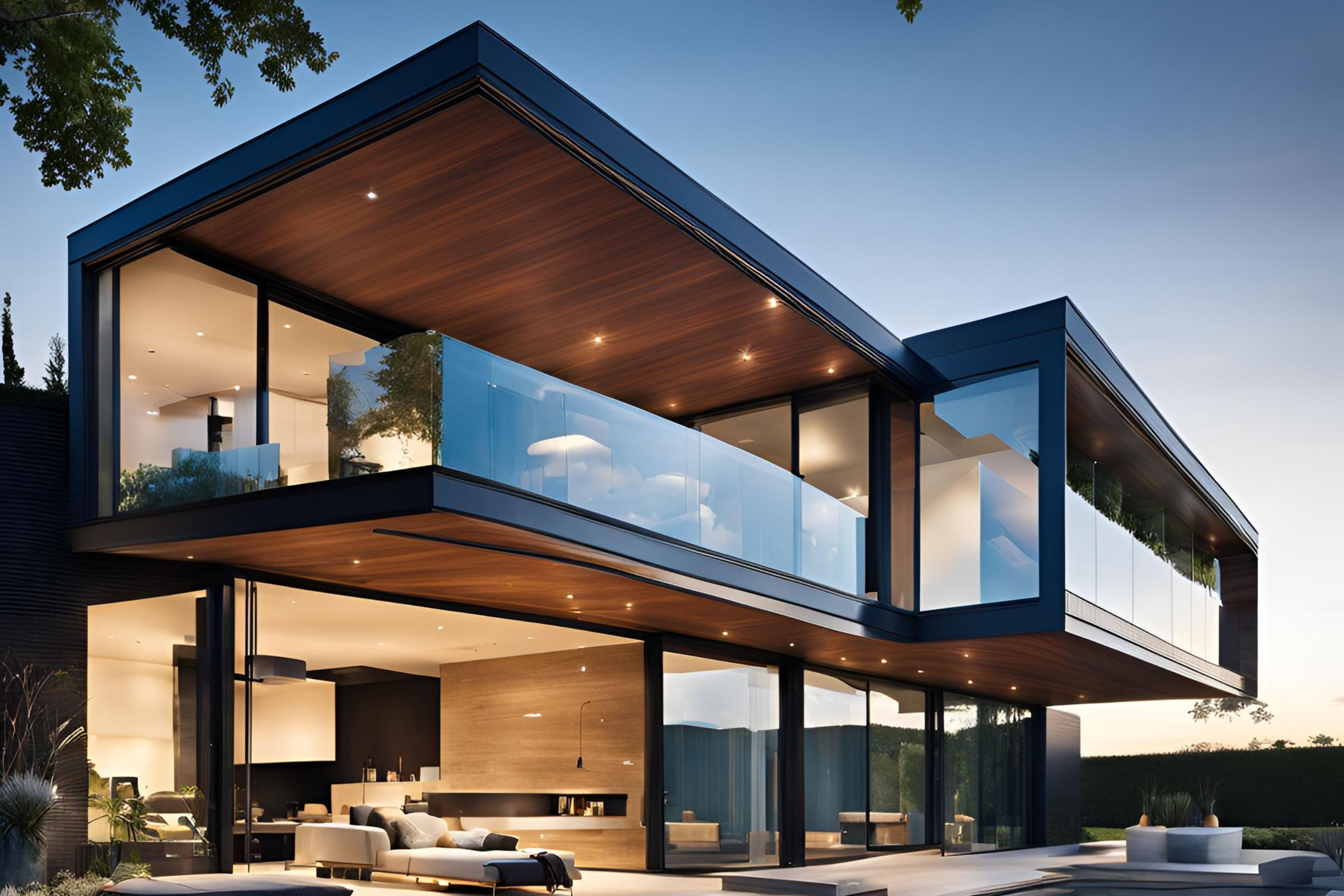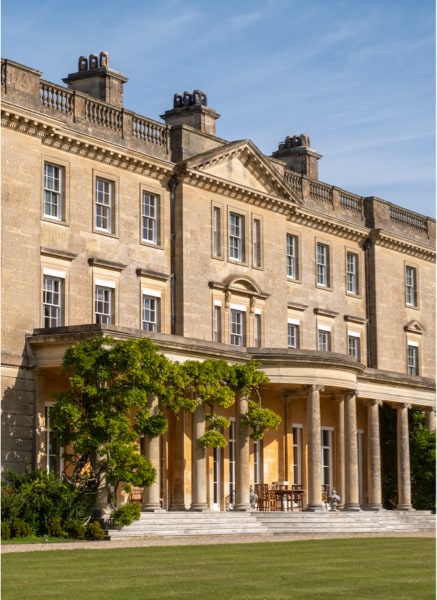The UK is renowned for having a huge variety of property types across the country, from honey-stoned Georgian townhouses in Bath to gothic granite villas in Aberdeen, and many in between. Whilst housebuilding is an ongoing topic of national importance, featuring heavily in the recent election, demand continues to outstrip supply and much of today’s super prime housing stock was actually built before the 1900s.
It is perhaps unsurprising to know that in the UK alone, influenced by this geographic breadth and building legacy, that there are more than 1.5 million properties considered to be of a so ’called ‘non-standard construction’. This matters because many main stream mortgage lenders will consider such properties outside of their standard criteria impacting the terms available, or even their ultimate decision to lend.
If you’re looking for a new million-pound home or to make a significant property investment, it’s important to know that anything that doesn’t have brick walls and a tiled roof, is considered ‘non-standard’ by the mortgage industry. Building materials used for walls such as fabricated steel, wattle and daub, timber frames, glass and flint are all classified as non-standard. There is a similar list for roof materials as well, including plastic, glass, corrugated iron and thatch, so many of those dreamy thatched cottages dotted across Britain’s countryside are actually considered outside of the norm for lending purposes.
As well as baseline building materials, the type of construction also matters, with many ‘on trend’ approaches such as cob construction, eco-roofs and prefabricated concreate also being deemed non-standard. So it is essential to understand the type of property you’re buying. Always do your research, or ask your agent to do so, and pay particular attention if the property is older, or has had renovations or extensions. Or if it’s a one-off unique new build property. Even a small detail such as a flat roof or a glass feature wall could classify it into the non-standard bracket.
Get in the Know
Subscribe to our newsletter
Why are there so many non-standard properties?
Well, much of this dates back to the world wars. More than 156,500 prefabricated bungalows were erected across the UK in the three years after World War Two. They were intended to give temporary accommodation for the thousands of people needing homes after air raids, and soldiers returning from the war. Each was expected to last for a decade, but because they offered an affordable solution, were well equipped and robust, they hung about a lot longer than their intended lifespan. In fact, around 8,000 remain today!
Right up to the mid 70’s, properties were built using metal or timber frames, or with concrete; at the time these methods offered a cost-effective, more durable and readily available alternative to brick and tile. Of course, today, building regulations have significantly improved and there are stricter regulations around how houses are built, but there are still plenty of houses of unusual construction remaining. Especially as older more unusual properties tend to be cherished by owners, rather than replaced with new versions.
Architects today are seeking much more innovative materials and methods, for very different reasons than before. For example, exteriors covered with concrete or steel panels are ideal for protection against the elements, perfect for those in remote locations such as the highlands of Scotland. Sustainability is also a key issue, with more renewable materials used than ever before, off-grid homes becoming more popular, and a heightened interest in green features such as living walls, whereby plants become an integral part of the facade. An exploration of unconventional construction materials has caused an explosion in creativity in architecture in recent years, resulting in some innovative projects, such as Casa Terracota in Colombia, entirely crafted from raw clay extracted from nearby hills and fields. Tires, straw bales, cork, bamboo and even plastic and glass bottles are also finding new use as building materials. Designers are even exploring avenues such as mushroom mycelium, the fungal network from which mushrooms grow, which offers a biodegradable, incredibly flexible and strong alternative to brick. The famed Grand Design show has also helped showcase some of these different construction methods as well.
Often, properties of non-standard construction are seen as highly desirable – especially those that are unique. In fact, non-standard properties are almost becoming a fashion statement for the rich and famous. A recent craze for repurposing existing buildings has seen lighthouses, shipping containers, clocktowers, windmills and warehouses all converted into unique and stunning living opportunities. As featured in Country Life, two renovated maritime sea forts off the coast of the South of England were recently put up for auction with a starting price of £1m, offering a stunning waterfront location, and over 90,000 square feet of space. Standard properties are simply unlikely to offer this type of opportunity!
And of course, the recent TV show The Traitors has further sensationalised castle living, homes which could also fall into the non-standard bracket depending on their age and the materials used to build them. Additionally, the mega rich also often prefer to build their own properties to spec, meaning they can choose the specific features and layout they want, creating a home tailored around their own tastes and lifestyle. This is often why you find that super-prime properties fall outside of being of standard construction.
Why are mortgage lenders more hesitant to finance non-standard properties?
It all comes down to risk. Lenders often view properties of non-standard construction as riskier due to difficulties in valuation, resale, and insurance. Some lenders might worry they’ll struggle to cover their costs if forced to repossess the property, or that the value of the home might not retain as well as a standard property. Homes with timber frames for example are more susceptible to fire damage, and cost more to repair. Of course this is true of main stream lenders, who prefer properties to fit within a neat set of criteria that are well understood and reflect the vast majority of properties.
Where can I find financing for a super prime property of non-standard construction?
Many high street mortgage brokers don’t cover non-standard construction; they also often have an upper lending limit of £1m. So, a specialist broker is definitely your best bet when it comes to financing a property that is both high-net-worth and non-standard – a double whammy. As well as using their experience to uncover the best terms, they will also be able to short-cut the ‘back and forth’ that comes with non-standard properties.
With in depth market knowledge, Enness Global can access a specialist lending solution via our network of niche lenders and private banks, who have much more flexible criteria when it comes to the construction and type of property than the high street banks.
So don’t let what the house is made of get in the way of buying your dream home, whether it’s a converted silo, a renovated church or a bespoke project.





